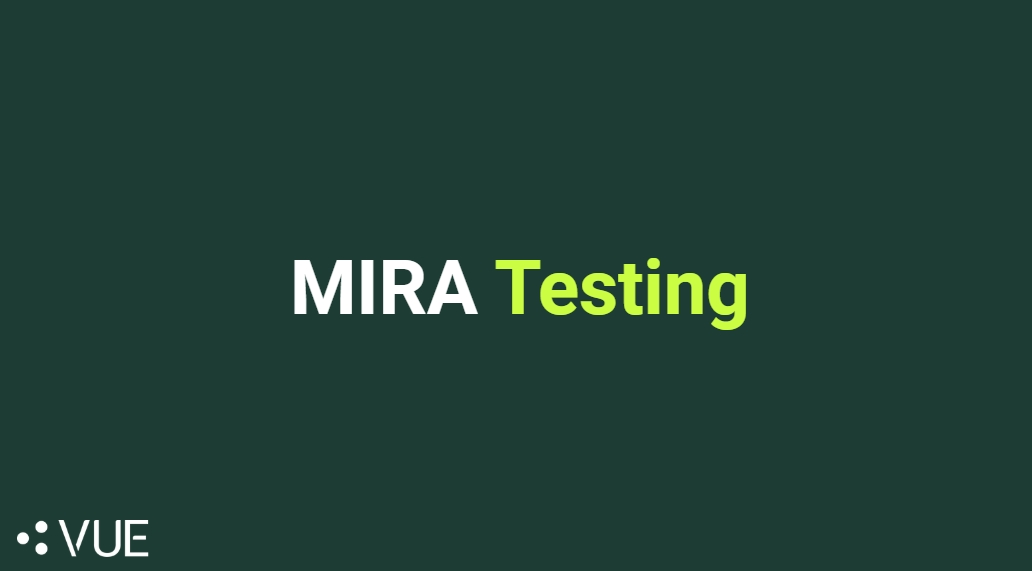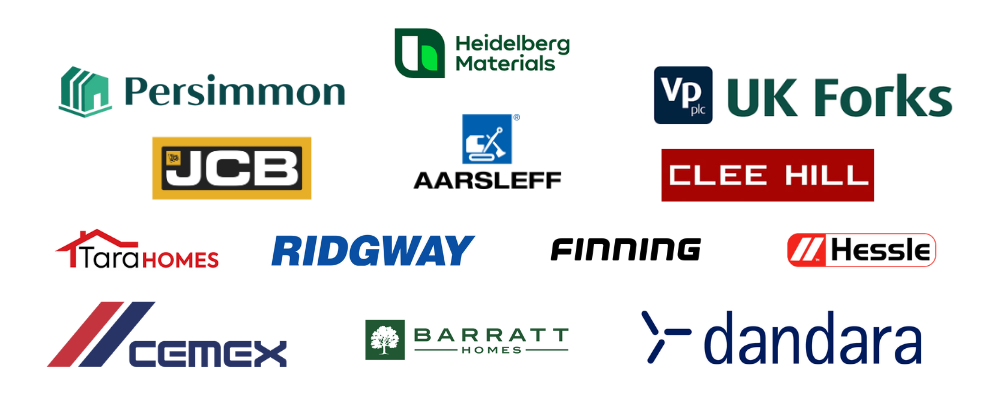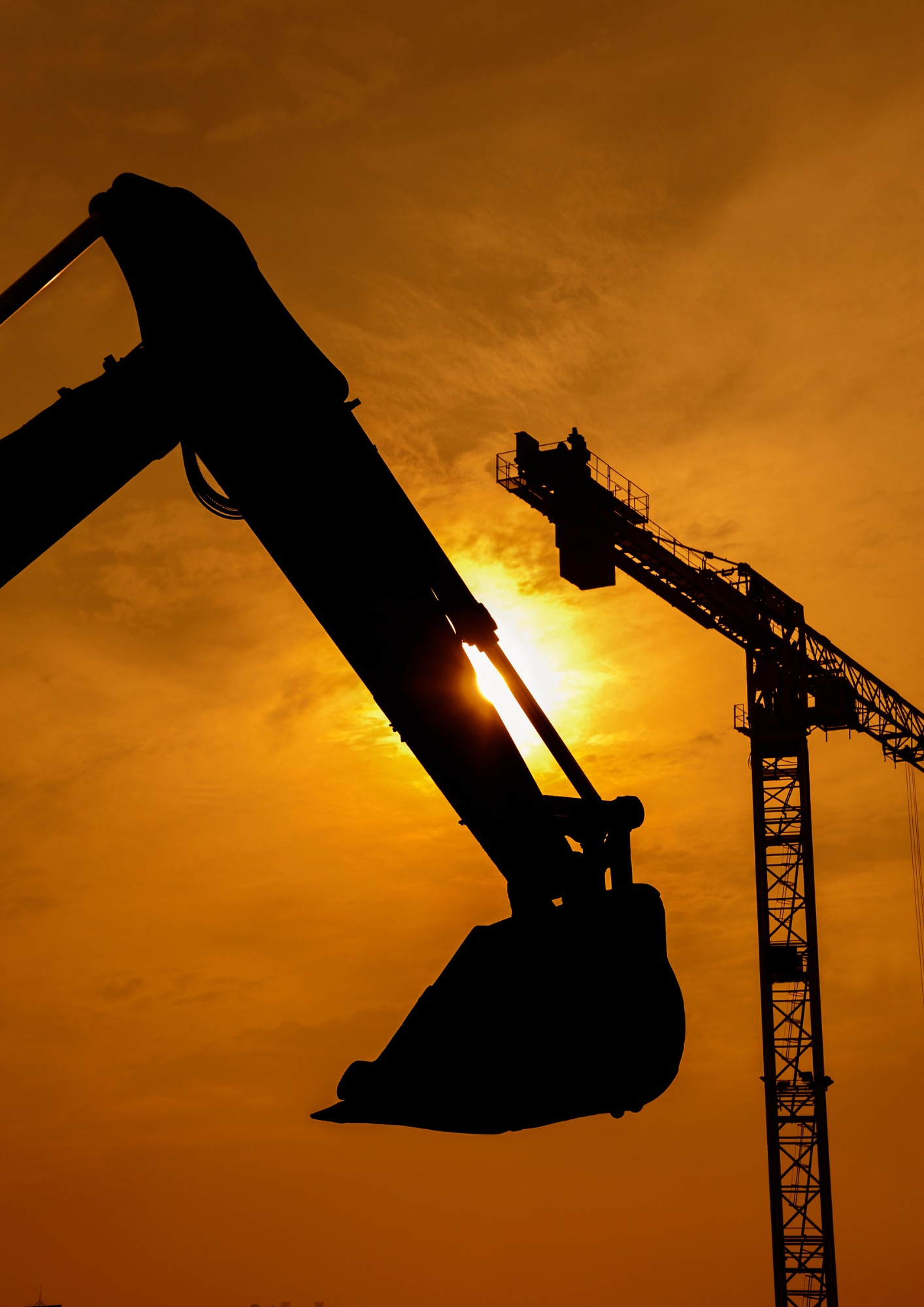
VUE’s HFR Cameras Undergo Rigorous MIRA Testing
According to the Health and Safety Executive (HSE, 2023), 10% of all fatal injuries on UK construction sites are caused by workers being struck by moving machines. This statistic puts into perspective the need for tackling this issue as construction sites are one of the most dangerous working environments in the UK.
By nature, they are hazardous places which pose large risks of injuries and accidents happening. To combat this, the construction market is moving towards putting greater emphasis on site safety protocols, enforcing HSE regulations by investing in vehicle safety technology that ultimately, protects people on construction sites.
One of the ways house builders, hire companies, and contractors are doing this is by adopting HFR camera technology. HFR stands for Human Form Recognition, and these systems do just that. The HFR cameras use AI technology to 'detect' a human in an area of risk around a machine. The system will then alert the driver, prompting them to stop a manoeuvre and check an in-cab monitor to see where the risk is. These precious few moments can be the difference between a near-miss, and a life-threatening incident.

Clips of MIRA tests carried out on VUE's HFR cameras
As part of expanding VUE’s Human Form Recognition (HFR) System into the construction market, VUE undertook comprehensive testing presented by MIRA, following set out test procedures. MIRA certification allows the system to be verified in its performance, raising the standard and emphasising its effectiveness in the construction industry which makes it a safer environment to work in.
The HFRS uses AI technology that detects human presence in its surroundings, notifying the machine operator that someone is in the vicinity of the machine through a combination of visual and audio alerts, depending on the detection conditions.
To ensure the highest standards of reliability and performance, a comprehensive testing procedure was undertaken. The rigorous process included 80 controlled tests across a variety of challenging surfaces such as sand, soil, concrete, tarmac and aluminium trackway, reflecting real life conditions that machine operators and fleet operators face daily and enabling the evaluation of the systems performance under various conditions
In addition to these core evaluations, the HFR cameras were further assessed under a wide range of scenarios: detecting humans in different positions and movements whether standing, walking, kneeling, or even partially obscured and while wearing various types of clothing, from dark and light attire to high-visibility PPE. This was to ensure that the HFRS is versatile enough to identify human presence regardless of what individuals may be wearing or how they are positioned.
VUE's Human Form Recognition System achieved a 97.5% success rate, passing 78 out of 80 tests - demonstrating its reliability, adaptability, and robustness across multiple environments and scenarios. The technology proved its ability to perform consistently even in less-than-ideal conditions, highlighting its practical value in enhancing safety for machine operators, pedestrians, and workers alike on construction sites.
The testing process was invaluable, not only in confirming the HFR system’s strengths but also in providing insights that will help VUE continue refining and improving the technology. This project represents a significant milestone for VUE as boundaries are pushed in certifying the products and technology that have aims to create safer working environments and ultimately stopping injuries from occurring and saving lives.
The potential of using human form recognition (HFR) cameras is very promising in transforming worksite safety, reinforcing VUE’s commitment to setting high industry standards.
Who we work with


For more information on how VUE's HFRS can help positively impact site safety, contact us today



